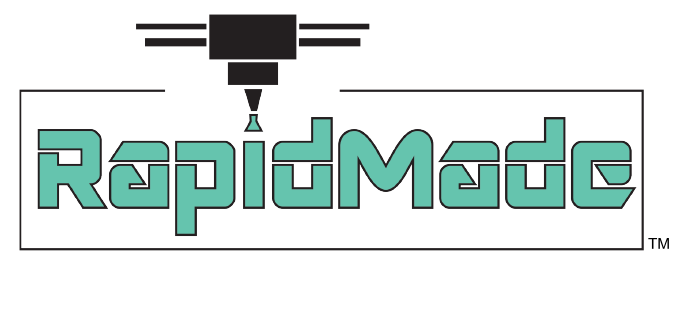Image Credit: 3DPrint.com
Just when you thought you'd learned all of the additive manufacturing technologies and acronyms, the University of Sheffield announces a new twist to the 3D printing process called High Speed Sintering (HSS). Like its sister technology, Selective Laser Sintering (SLS), HSS uses heat to bind layers, but instead of using a laser to melt powder, HSS relies on a carbon black ink that is applied to the powder instead. To build an object, the specialized heat-sensitive ink is sprayed in the desired shape, and when an infrared lamp passes over the bed, the ink absorbs the heat to fuse the powder.
So what makes the University of Sheffield's approach unique? They manipulate the concentration of carbon black ink to control the strength and density of 3D prints (more ink, more dense)... a technological version of 50 Shades of Grey.
According to Professor of Manufacturing Engineering Neil Hopkinson,
“We found that there is a point at which, as the ink levels increase, the mechanical properties start to reduce. This enabled us to identify the ‘sweet spot’ at which you can gain maximum strength with the minimum amount of ink. 3D printing has focused on optimising the shape of a part in order to reduce its weight and still retain its mechanical properties. Printing in greyscale will enable us to optimise the material instead, in a process that would be feasible for commercial manufacture. And by making parts with different densities out of one material, we can also make recycling more straightforward.”
Research continues to develop a more sophisticated printer that is capable of using a true gray-scale to replace the current dot application method and exceed the 40% density variation they can now achieve.
Here's a video on 3DPB.com that describes the process.

